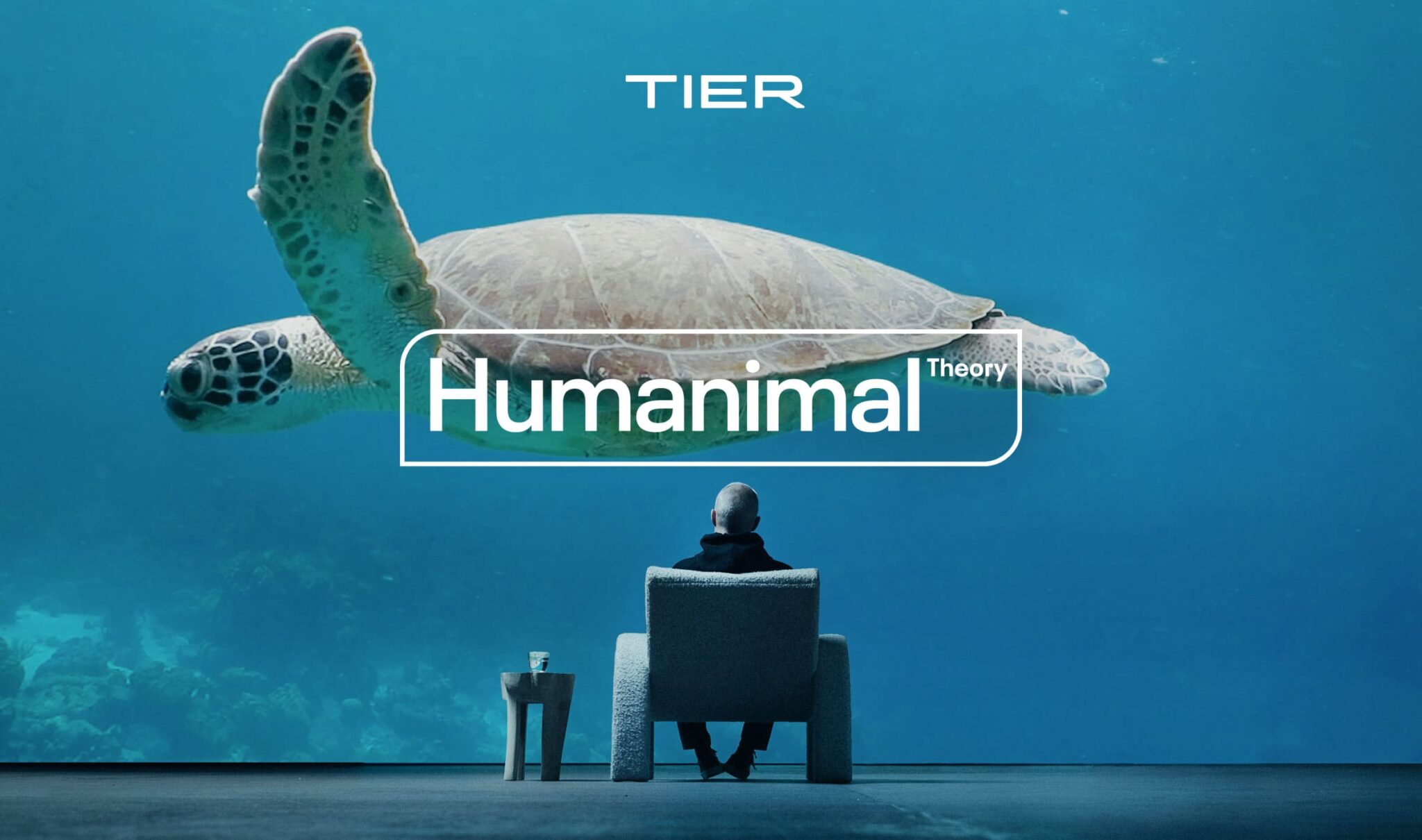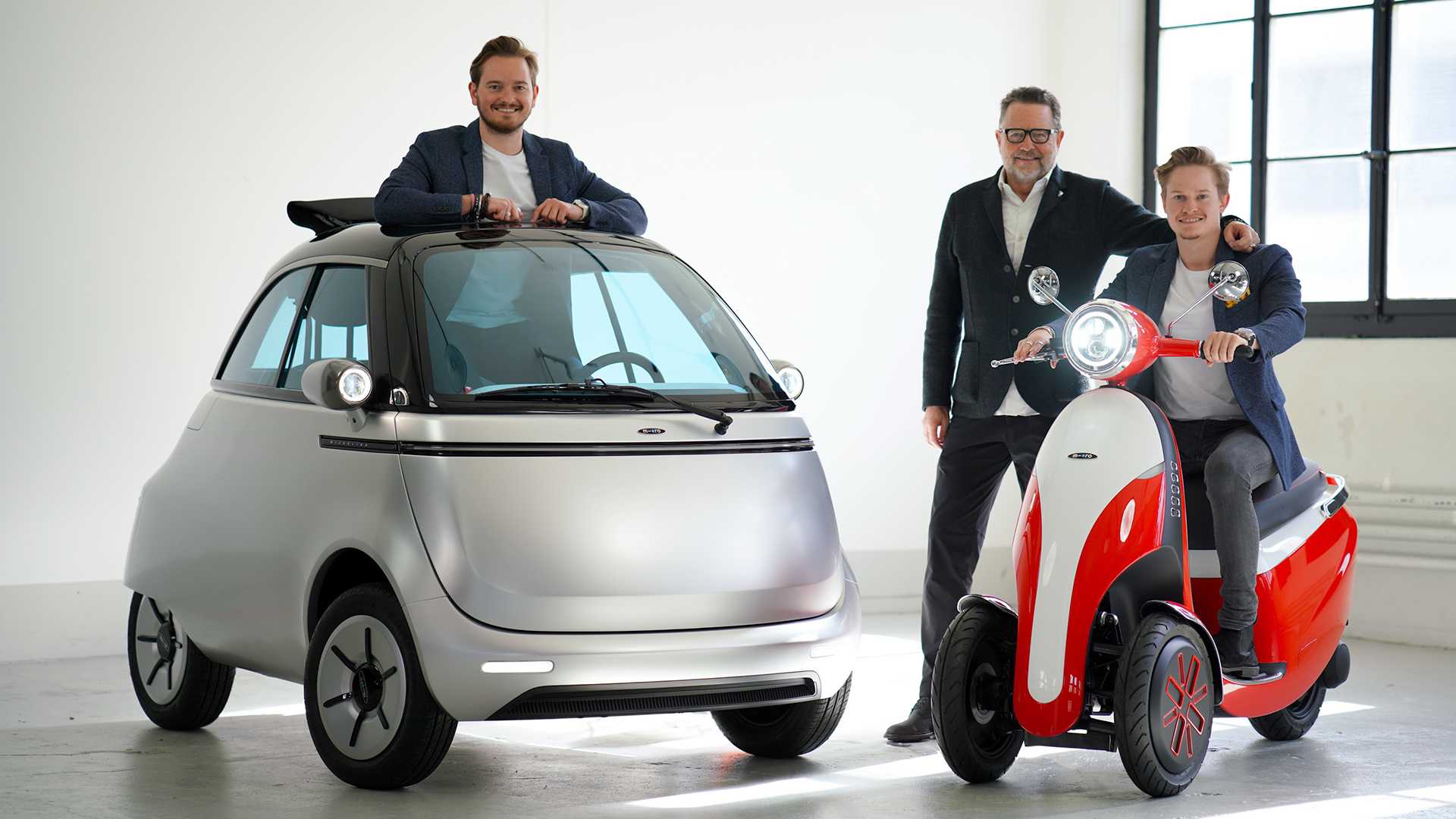How to become more sustainable with new “Humanimal Theory”
What do sea turtles, honey bees, penguins and chimpanzees have in common? According to a new study exploring the concept of biomimicry, animals know things about sustainability humans seem to have forgotten. The Humanimal Theory encourages people to follow in the footsteps of animals in order to become more sustainable.
20th of June 2022: While sea turtles are great at conserving energy, hermit crabs know how to reuse and recycle. Animals are experts at sustainability, often putting even the most well intentioned humans to shame, according to a new study based on biomimicry– the practice which uses nature as a source of inspiration to solve human problems. The Humanimal Theory, developed by the American scientist Alyssa Stark together with TIER, encourages people to improve their lifestyle by using best practices learned from animals.
“The Humanimal Theory reminds us about basic behaviors in a sustainable lifestyle that humans seem to have forgotten. Animals are experts at being conscious and eco-friendly, and should be of great inspiration to us. In fact, we should copy many of their behaviors”, says Dr. Alyssa Stark, Biological Scientist at Villanova University in Pennsylvania, specializing in biomimicry, functional morphology and animal behavior.
The Humanimal Theory is based on recent research led by Dr. Stark, who is well-versed in the field of biomimicry. In their newly-published findings, the Humanimal Theory is supported by ten examples of sustainable animal behavior that humans could follow to live more sustainably.
The theory, which is presented in a booklet from TIER, also explains why each person’s individual effort matters. If a single person takes public transportation instead of driving 20 miles to work everyday (using a private car ICE), they could save up to 3.1 kilograms of CO2 per day, depending on the public transport mode and how many people are in the vehicle. That equals the same amount of carbon that 66 trees capture per year.
The Humanimal Theory is a part of TIER’s mission to change mobility for good. With transport as one of the largest contributors to global greenhouse gas emissions, making more sustainable choices in the way we move is key.
“We simply cannot keep on living the way we do; it’s just not sustainable. Animals continuously adapt to new conditions and with global change happening, we need to make a change as well. Biomimicry could be a good guidance to a sustainable lifestyle, and hopefully this theory will be an eye-opener”, says Ailin Huang, Head of Sustainability at TIER.
The Humanimal Theory is now available for further reading at humanimaltheory.com
See how the theory come to live in group sessions with Dr. Alyssa Stark
About biomimicry
Biomimicry is a practice that learns from and mimics the strategies found in nature to solve human problems – for example humans may learn from forms, systems and/or processes in nature to create more sustainable products and companies. While Biomimicry has more often been used in the Research and Development labs of large companies to make new products or improve current ones, biomimicry is being used more recently to improve processes and social systems and structures in multiple fields and sectors.
Although humans have been looking to nature for inspiration likely since inception, biomimicry was defined and popularized by Janine Benyus in 1997, and interest in this practice has continued to grow ever since. Indeed, in 2014 Forbes Magazine touted biomimicry as one of the top five tech trends that can drive company success.
About Dr. Alyssa Y. Stark
Alyssa Stark is a biological scientist from Villanova University outside Philadelphia, Pennsylvania. With ten years of experience in the field of biomimicry, she holds a PhD in Integrated Bioscience as well as Bachelors of Science degree in Animal Biology specializing in animal behavior.
Stark’s specialty is called functional morphology, which means she investigates the relationship between the structures of an organism, and how these various parts function. She is especially interested in the functional morphology of adhesion in ants, geckos and sea urchins.
Dr. Stark’s work takes her to the tropical forest of Panama, to the wave-swept coast of California, and many places in between to better understand how animals interact with their environment.



